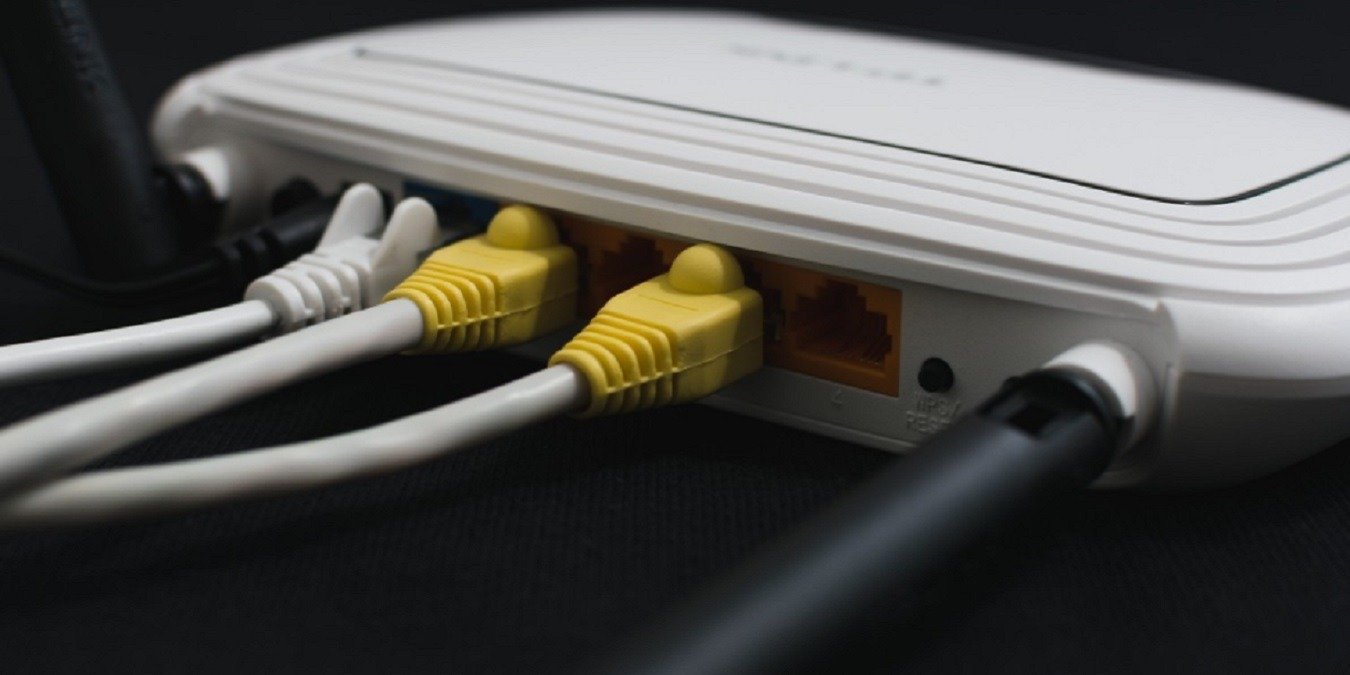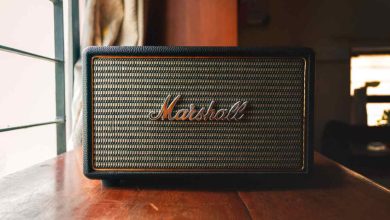How to Find the Best Wi-Fi Channel for 5GHz Frequency

With 5GHz Wi-Fi, you get to enjoy faster speeds for any devices that support it. But to find the best Wi-Fi channel for 5GHz frequency connections, you have to think about the number of devices, signal interference, and even the types of devices. For most routers, you get to choose the channel that works best for your needs.
What Is a Wi-Fi Channel, and Why Does It Matter?
A router doesn’t just have a single frequency. The most well-known Wi-Fi channels are 2.4GHz, 5GHz, and 6GHz, though the latter isn’t as prevalent yet as the first two. However, every frequency has a range of channels (another name for frequency ranges) that let you fine tune connections.
5GHz and 6GHz have far more Wi-Fi channels available than 2.4GHz networks. With 2.4GHz, there’s quite a bit of frequency overlap between the channels, leaving you with only a few that are beneficial.
Thanks to more channels, there’s less overlap and significantly more usable channels available on 5GHz and 6GHz frequencies. Of course, some channels aren’t available for home use. These are strictly off limits and used for government, military, etc.
Why does finding the best Wi-Fi channel matter? A single channel can only handle so much traffic before connections slow down. As your router tries to process everything on a crowded frequency, signals become jumbled and make your network painfully slow. Plus, other devices not connected to your network may also use the same frequency, such as a baby monitor.
Now, imagine how much worse it gets in busy neighborhoods or apartments, where everyone’s wireless routers are using the same frequency. This is about as effective as trying to have a conversation in a room with thousands of people all yelling at each other at the same time. Being able to change your channel gives you more control over the frequency used for faster, more stable connections.
How to Find the Best Wi-Fi Channel for 5 GHz Networks
There is no universal “best” Wi-Fi channel for 5GHz frequencies, but there are ways to find out which one’s best for you. To find the best Wi-Fi channel for a 5 GHz network, you’ll need to download a Wi-Fi analyzer app, such as WiFiInfoView or WiFi Commander on PC, NetSpot or Wifi Explorer on Mac, or WiFiAnalyzer for Android, then take a look at what the channel situation is in your area.
Since NetSpot’s available on Windows, Mac, and Android, it’s a good example of how to analyze your Wi-Fi network. I’m using the Windows version.
The object is to see which Wi-Fi channels are the least crowded and pick one of those. I’m in an area without much interference. However, in NetSpot, select the Signal level icon at the top (looks like two blocks on top of each other). This shows you the signal strength based on the channel range. Filter results by 5GHz.
Ideally, the optimal signal strength should be between -30dBm and -65dBm. Check which channels have the least networks overlapping, while still having a strong signal. These are your best Wi-Fi channels.
Originally, 5GHz networks were limited to the lower channel numbers for domestic purposes, such as 36, 40, 44, 48. However, channels have since been expanded to include channels 149, 153, 157, 161, and 163. Older routers may only have the lower range available.
Channels are divided into bands. At 5GHz, there are four bands available, each containing various Wi-Fi channels. The ISM band is reserved for industrial, scientific, and medical use. The first band, U-NII-1, is designed mainly for domestic use, as from UNII-2, your router needs to have DFS (dynamic frequency selection) and TPC (transmit power control) built in. It will automatically adjust the channel and power output of your router so that it doesn’t interfere with military, radar, weather station signals, and so on. With U-NII-3 (the higher range channels), DFS isn’t required.
After you’ve made a note of the best channels to use, it’s time to make the change on your router.
Changing Your Router
Log in to your router, and you’ll be able to see which 5GHz channels are available to you. Depending on your router, you may have an actual app to log in. If not, enter your router’s IP address, and log in from there. Try one of these common router IP addresses, or use these techniques to find the IP address on any platform.
Look for a wireless or Wi-Fi tab for the settings you need. Also, look for any auto-channel select feature, and turn this off. If auto-select is on, you can’t manually change your Wi-Fi channel. Once you find the setting, switch to the channel you want, and save your settings.

You may need to restart your router for the changes to take effect.
Other Considerations
Sometimes, it also depends on the type of router you have. For instance, some newer routers, such as those supporting Wi-Fi 6, only have a dual-band mode. The router automatically assigns either 2.4GHz or 5.0GHz, based on current traffic, distance from the router, and interference. It may also mean that you have to choose channels for both. However, these routers typically do an amazing job of choosing the right channel for your needs.
In this case, you’ll need to select a 2.4GHz channel as well. Ideally, 1, 6, and 11 are best, and you don’t have to deal with overlapping issues.
With Wi-Fi 6, there’s also the possibility of 6GHz, though that’s not as common just yet. However, once it is, this will add even more frequency space, making the need to manually choose channels unnecessary.
Find The Best Wi-Fi Channel For You
One of the big perks of the 5GHz frequency is that channel overlap is a virtual non-issue, so pretty much any channel you decide to use won’t be affected by it. With the number of channels available, leaving your router on “Auto” is likely to place you on the best Wi-Fi channel for 5GHz at that moment. If you’re considering a new router, try these Wi-Fi 6 routers. And, if you’d like more control over router settings, check out alternative router firmware.
Image credit: Unsplash. All screenshots by Crystal Crowder.
Subscribe to our newsletter!
Our latest tutorials delivered straight to your inbox




